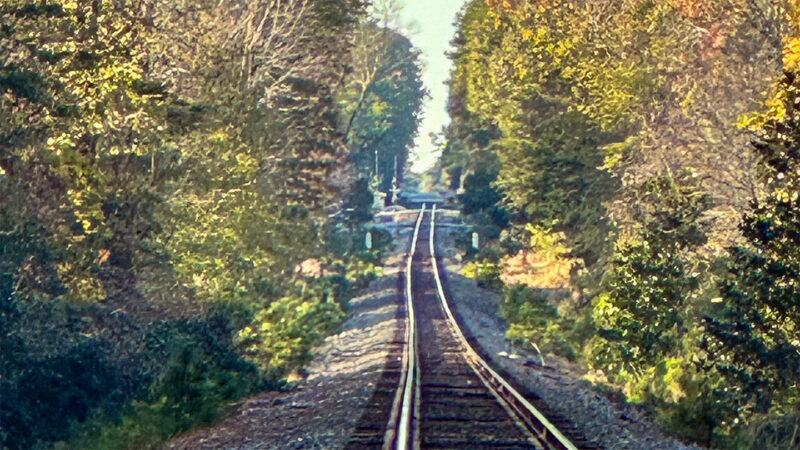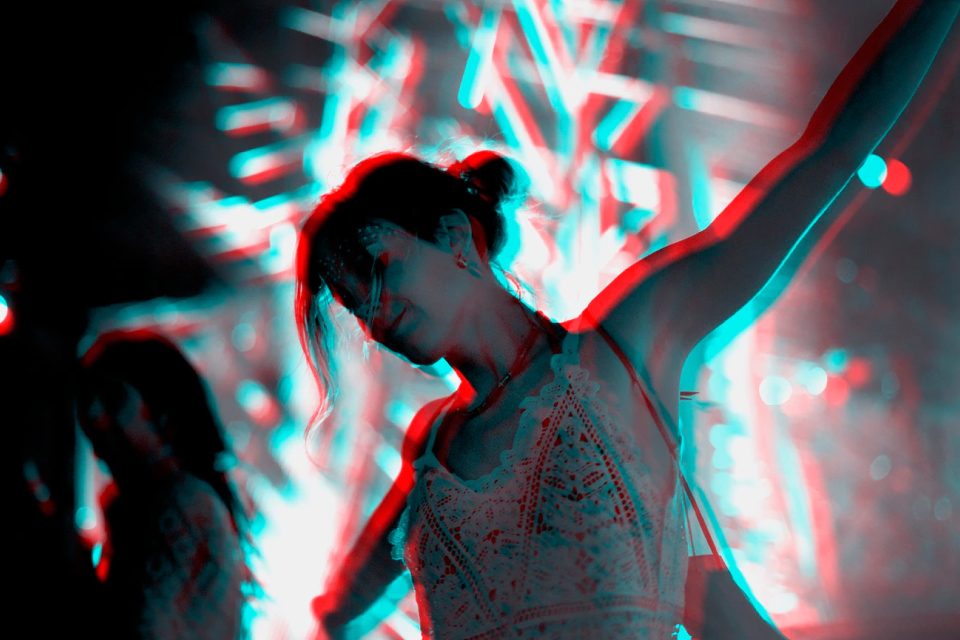Ghostly lights in South Carolina might trace to earthquake activity, new research suggests.
Since the 1950s, people have reported strange balls of light floating down a road along old railroad tracks near Summerville, S.C. These spooky shimmers are known as the Summerville Light. Local lore says a grieving ghost’s lantern is behind the glow.
Geologist Susan Hough now proposes a different explanation.
Hough works for the U.S. Geological Survey in Pasadena, Calif. Quakes can release gases, including radon and methane. Those vapors could ignite from static electricity or sparks from passing trains, she suggests.
Interestingly, Summerville sits far from any tectonic plate boundaries. As such, it might seem an unlikely spot for quakes. But in 1886, damage from a magnitude 7 quake killed 60 people in nearby Charleston. Hundreds of aftershocks shook the region in the decades that followed. That points to the area’s continuing high seismic activity.
The region has plenty of ghost tales, too. The Legend of the Summerville Light may be the most gruesome. A railroad worker’s wife was supposedly waiting for him by the tracks one night. There she got word he had been beheaded in an accident. Since then, the legend goes, she’s returned with a lantern — even after her death — in search of her husband’s head.
Digging into records and earthquake history
Hough scouted for a less spooky explanation of the phenomenon. To begin, she dug into books, magazines and online sources. She was looking for recorded sightings of the mysterious lights. Then she studied the area’s earthquake history from 1890 to 1960. This included long before the sightings began.
Only a few quakes had been reported over that time. There was a magnitude 3.9 quake in 1907. Another magnitude 4.4 event shook the area in 1959 — around when the sightings began. A couple of smaller quakes followed shortly thereafter, in 1960. There likely also would have been smaller undetected temblors, Hough says. And it’s possible that these jolts might have caused the lights, she says.
Hough also hunted other local paranormal claims. She found reports of cars shaking and the moving of objects and doors. Some people even heard footsteps in upstairs rooms. Subtle quakes might explain all of these, she says.
Hough published her findings in the March issue of Seismological Research Letters.
A photographer captured these earthquake lights near Brasov, Romania, just before dawn on March 23, 1977. A magnitude 7.2 earthquake had jolted the area on March 4. Aftershocks rattled the region for weeks afterward.Mihai Danciu, F. St-Laurent/Seismological Research Letters 2000
Many of the reports Hough turned up seem to fit with a shaking that would have rated 2 on the Modified Mercalli Intensity (MMI) scale. Scientists use this scale to rate quakes based on the damage they cause. An MMI of 2 is fairly weak. It would likely be “felt only by a few persons at rest,” Hough says, “especially on upper floors of a building.”
Her proposal that the lights and other strange activity trace to quakes is reasonable, says Yuji Enomoto. He’s an earthquake scientist at Shinshu University in Matsumoto, Japan.
Still, he says, more geologic data are needed to confirm quakes as triggers for the Summerville Light. He’d like data, for instance on the presence of an oxygen-free environment containing organic (carbon-based) matter. This could be “capable of generating methane,” he notes, which can support a flame. Also helpful, he adds, would be a finding of granite-based bedrock “containing radium, which can produce radon.”
Ghost stories elsewhere might also be due to subtle seismic activity, notes Hough. “There’s a bunch of ghosts wandering the rails in different places in the United States,” she says. They too, she says, may be “illuminating shallow active faults.”

















